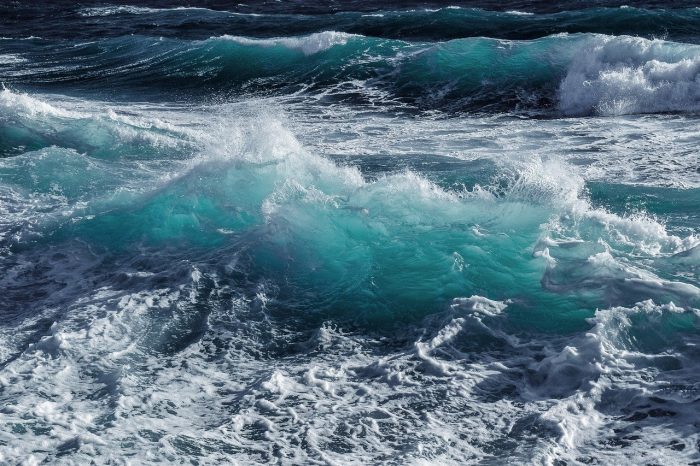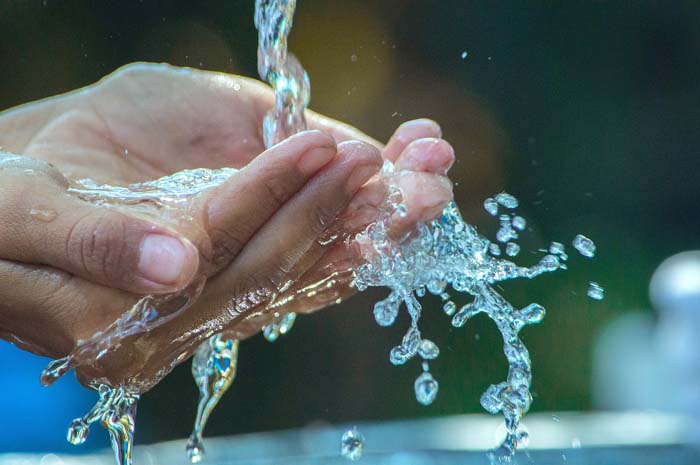
Water is fundamental to all known life forms, including those involving physical, chemical, and biological processes. Understanding water’s essential properties is important in many scientific disciplines, including ecology, engineering, biology, and chemistry.
Some of the most essential properties of water are as follows:
Adhesion and Cohesion
Because of their cohesion and adhesion properties, water molecules and various other substances can cling to one another. Because of these characteristics, plants can efficiently transport water (by capillary action) and other nutrients and waste products throughout their bodies.
Capillary Action
In porous materials or the microscopic tubes of plant vascular systems, water can rise against gravity through a process known as capillary action. Nutrients and water must be able to travel freely through the soil, and plants rely on this quality.
High Specific Heat Capacity
Water possesses this property because it is able to take in and hold a great deal of heat without considerably increasing its temperature. This quality keeps the planet’s surface temperature and the temperatures of living things relatively constant.
Density Irregularity
Unlike other substances, water reaches its densest point at 4 degrees Celsius, then expands and loses density as it freezes. Because of this quality, ice can float on water, providing insulation for the liquid underneath and a home for aquatic life in freezing climates.
High Vaporization Heat
Turning water from a liquid into a gas takes a lot of energy. This is because of its high heat of vaporization. Being able to sweat helps creatures cool down and keeps the environment at a more manageable temperature.
Surface Tension
Cohesive interactions between water molecules on the body’s surface and molecules below it are stronger than those between air molecules above. As a result, surface tension takes place, which helps maintain water droplets and enables the movement of some aquatic organisms.
Polarity
Water molecules are polar, meaning their oxygen and hydrogen sides each have a slight positive charge, and their nitrogen sides have a small negative charge. Through their polarity, water molecules are able to dissolve solutes and create hydrogen bonds with one another and with other polar molecules.
Universal Solvent
Water is an excellent solvent because of its polarity; it can dissolve many different substances, including ionic and polar molecules. This quality is fundamental for nutrient transport, metabolism, digestion, and other biological activities.
The classifications of water
There are a number of ways to classify water, depending on various factors. Presented below are a few typical categories:
Chemical Composition:
- Distilled Water:
Boiling and then condensing water removes contaminants.
- Mineral Water
Mineral water, typically sourced from natural springs, contains dissolved minerals.
- Pure Water
Pure water, meaning it includes no other molecules than H2O.
Source:
- Groundwater
Groundwater is drawn from wells and aquifers located deep below the surface of the earth.
- Rainwater
Evaporation of water vapor from the air in the form of precipitation.
- Surface Water
Water is present in oceans, rivers, and lakes.
Usage:
- Recreational Water
It is ideal for leisure pursuits such as boating and swimming.
- Irrigation Water
Agricultural settings use them for watering crops.
- Industrial Water
A variety of industrial settings, such as cooling systems and manufacturing operations, use them.
 Potable Water
Potable Water
Safe for drinking
Salinity:
- Freshwater
Groundwater, lakes, and river water sources can have water with a low salinity.
- Saltwater
Seas and oceans with a high salt level.
Treatment:
- Raw Water
Pure water straight from the ground.
- Treated Water
Various treatment methods extract water from contaminants and make it suitable for human consumption.
Temperature:
- Warm Water
Floats occur on the ocean’s surface and in tropical regions.
- Cold Water
Deep ocean currents in polar regions frequently encounter them.
Physical State:
- Gas
When liquid water evaporates, it turns into water vapor, a gas.
- Solid
At temperatures below freezing (32 °F), water turns into ice.
- Liquid
At room temperature, the most prevalent form of water is a liquid.
Each of these classifications contributes to a better understanding of the different properties and applications of water in a variety of settings.
5 chemical properties of water?
Water has the following five chemical properties:
High Specific Heat
A high specific heat capacity allows water to absorb and retain substantial quantities of heat energy with little to no change to its temperature. In order to keep aquatic ecosystems stable and for living organisms to regulate their temperature, this quality is crucial.
Hydrogen Bonding
The partially negative oxygen atoms in the different water molecules draw two water molecules with partially positive hydrogen atoms to each other, forming a hydrogen bond. This intermolecular force is responsible for water’s high surface cohesion, viscosity, and tension.
Solvent Properties
Water is considered the ultimate solvent when it comes to dissolving many types of solutes, such as gases, sugars, salts, and acids. The polarity of water explains this quality; it surrounds and interacts with solute particles, dissolving and spreading them in the solution.
Ionization
The ability to ionize into hydroxide and hydrogen ions (H⁺ and OH⁻, respectively) is present in only a tiny fraction of water molecules. H₂O ⇌ H⁺ + OH⁻ is the equilibrium reaction that represents this ionization. At room temperature, the pH level of pure water equals 7. This is because the concentration of these ions is identical.
Is water acidic or alkaline?
When it is in its most neutral form, the pH level of pure water is 7. When the pH level is less than seven, it is acidic; when it is more than seven, it’s alkaline. Keep in mind that gases or dissolved minerals can cause water’s pH to change. Biological activity, mineral content, and pollution can cause water pH levels in natural environments, like oceans, lakes, or rivers, to change.
Conclusion
Biochemical reactions, climatic stability, and ecosystem function are just a few of the many natural processes that rely on these essential properties of water.
